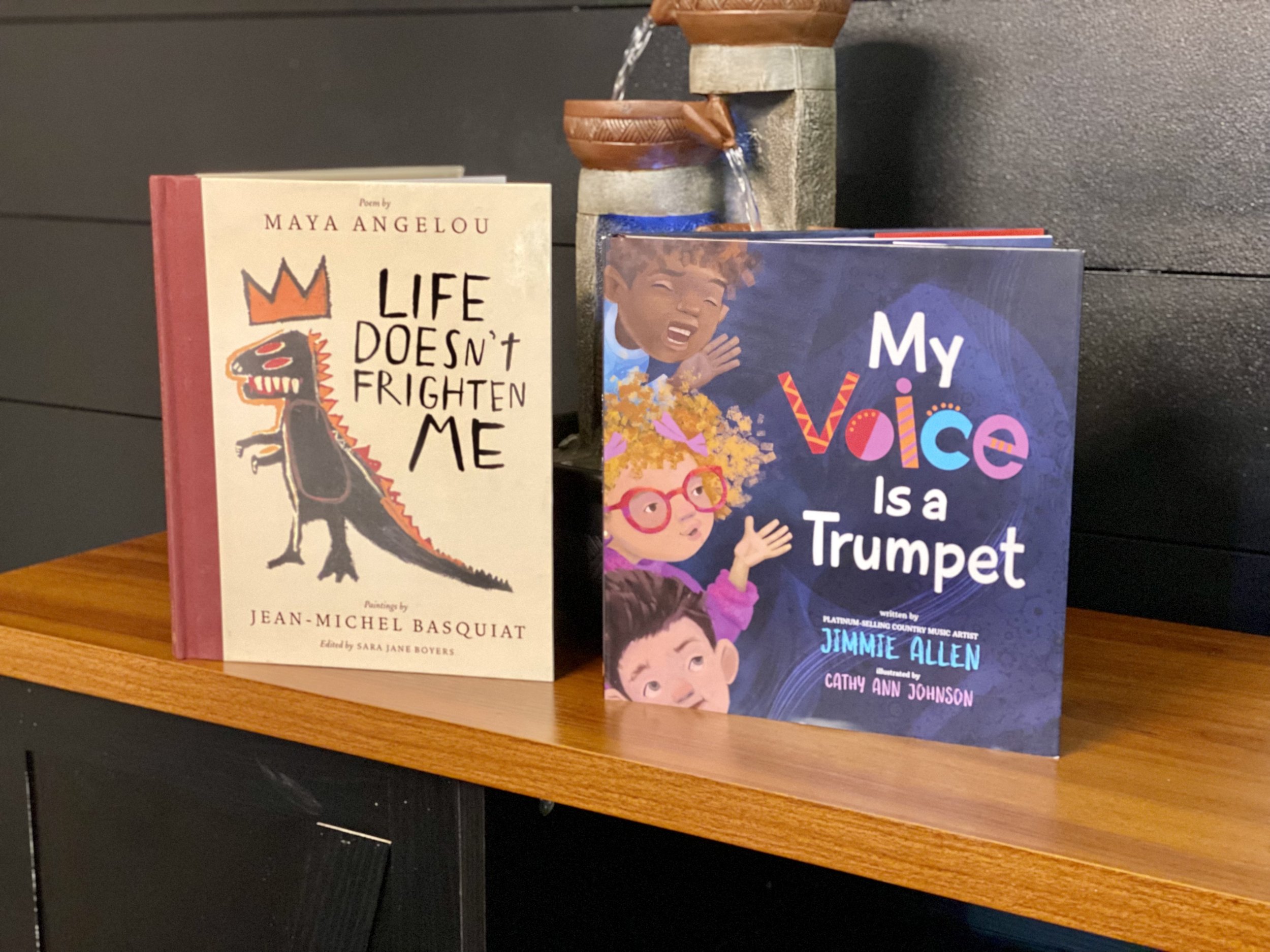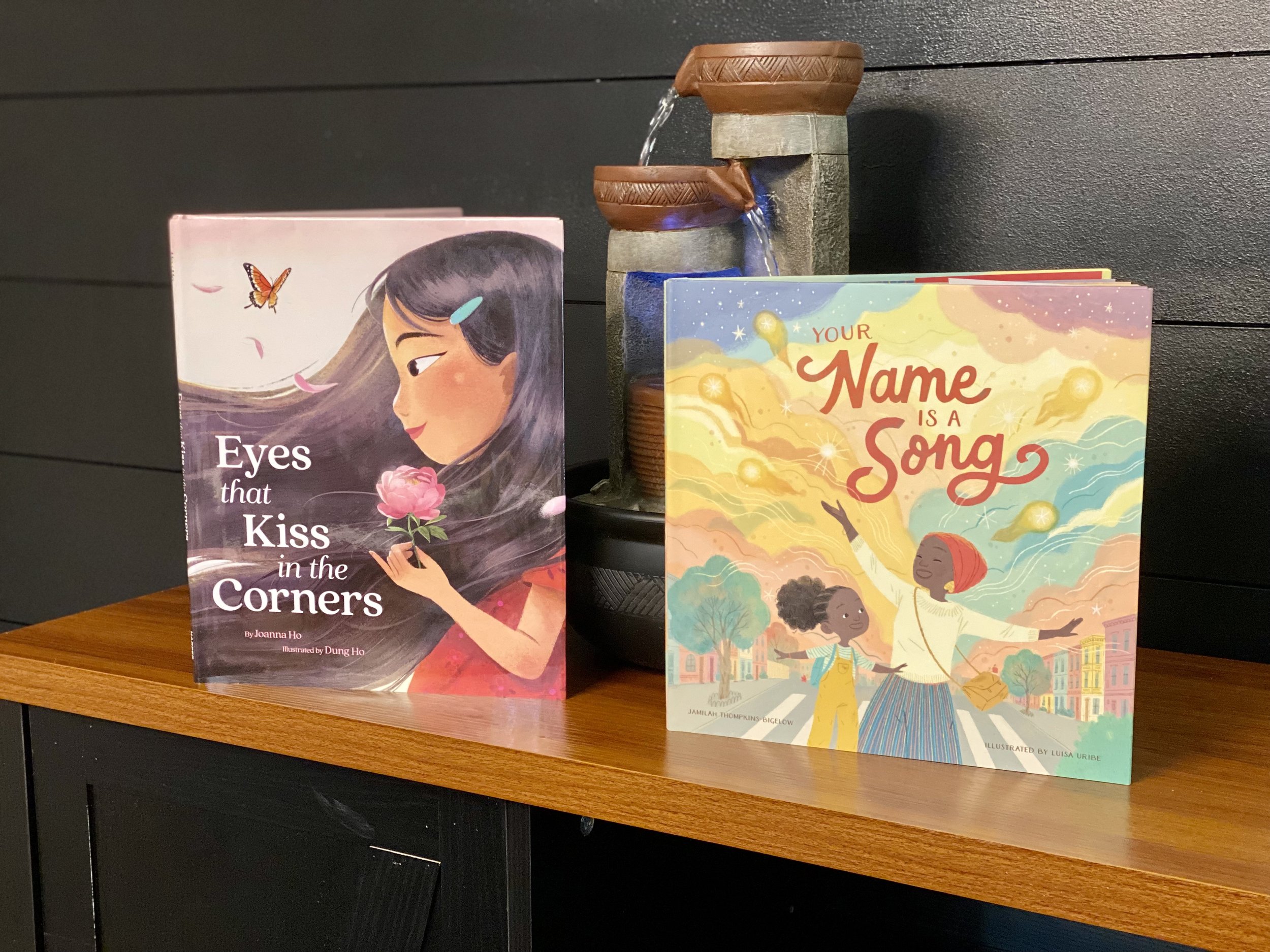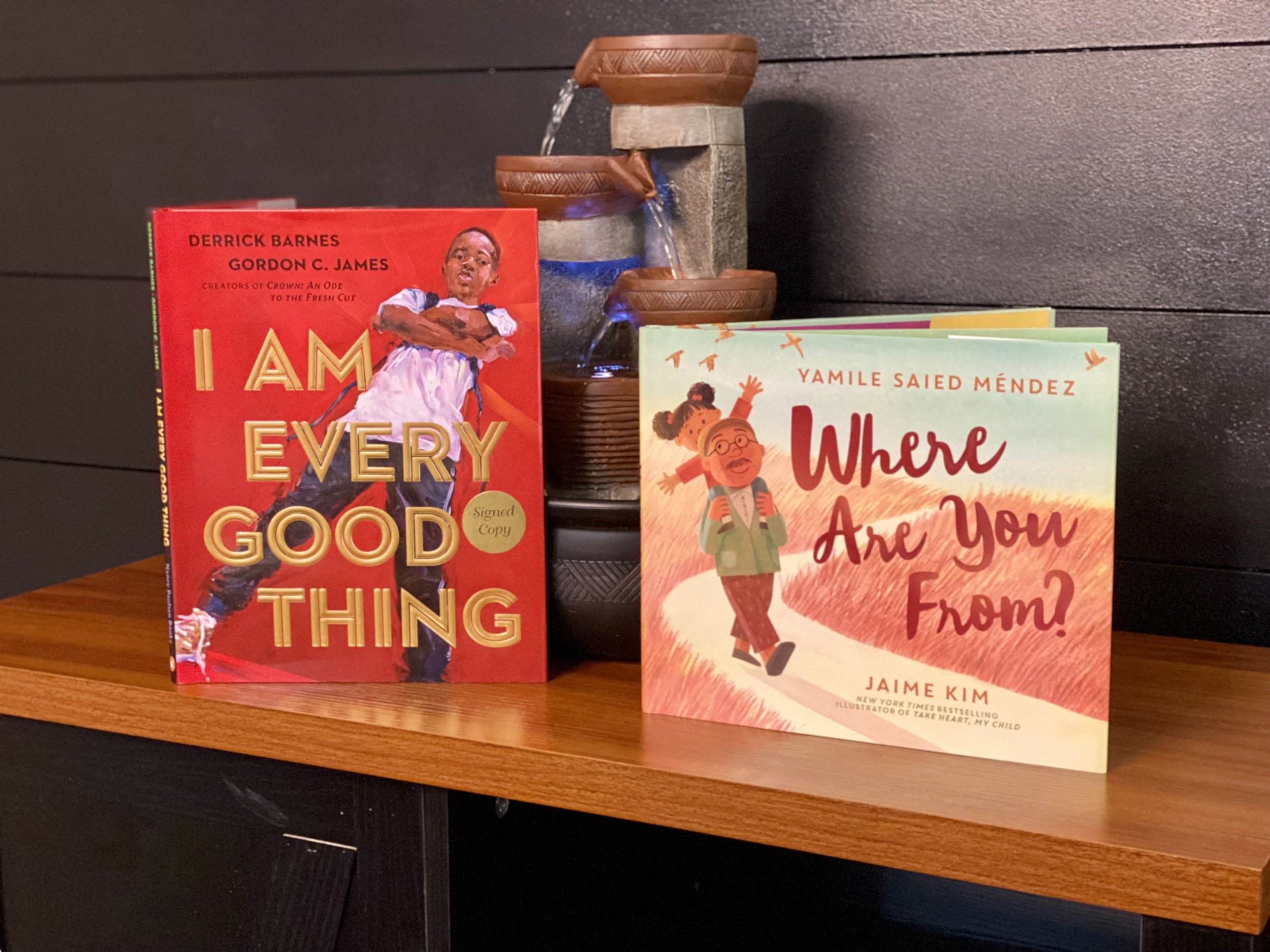Storytime Staples: The 10 Best Picture Books to Kickstart the School Year!
Finding Back-to-School Inspiration with Read Alouds and Connected Activities
Disclosure: Writing Mindset only endorses things that I’ve personally used, something similar, or come highly recommended by trusted peers. If you grab anything I mention using a referral link, I may get a small commission. However, there’s no extra cost to you. If you would like to learn more, please visit the privacy policy and disclosure page.
Back-to-school season can mean immediate overwhelm and stress when it comes to lesson planning. Everyone is thrown back into the school routine, and it can be easy to not know where to start, especially with planning read alouds and book talks. I remember constantly thinking, I can’t wait to actually get to the content that I will be teaching.
So, why wait? Picture books can be used as read-alouds in the secondary classroom, and they can help access course content and building community activities. In this list, I have curated the ten best picture books that promise to ignite young minds, kindle imagination, and infuse the classroom with the joy of reading and writing. These storytime staples are here to accompany both students and educators on a captivating literary ride, setting the perfect tone for a year filled with exploration, growth, and endless possibilities.
Get ready to turn the page and dive into a world where learning knows no bounds!
The Power of the Read-Aloud and Picture Books at the Secondary Level
Why read-alouds?
Especially at the middle school and high school levels, I often get pushback from stakeholders in education about reading picture books out loud in the secondary classroom. Besides the vast research surrounding using read-alouds in your classroom that includes vocabulary development, comprehension building, and building a sense of community, read-alouds are a great tool to tap into student speaking and listening skills as well. If you are looking for a warm-up idea, look no further than starting class with a read-aloud or book talk. In my experience with middle schoolers, some students may laugh or giggle when a picture book comes out, but then the book is put to use: Conversations start, a question is raised, or a connected idea comes to life. Most of the books that kids ask for or would tell me are their favorite books are picture books. Students realize that read-alouds become powerful tools that tap into their love of reading from childhood and early schooling.
Read more >>
It All Starts With The Book Talk!
Enhancing Speaking and Listening Skills: 25 Activities for the English Language Arts Classroom
Note: YouTube videos for each book have been linked. I like to use these videos in two specific ways: 1.) Play the video on mute as I am walking around the classroom reading out loud so that everyone can see the pictures 2.) After the read-aloud, play the book again as students complete an activity like a warm-up question or prompt or transition to the main activity.
Use Picture Books to Build a Sense of Voice
Texts:
Life Doesn’t Frighten Me by Maya Angelou, Jean-Michel Basquiat, and Sara Jane Boyers
My Voice is a Trumpet by Jimmie Allen and Cathy Ann Johnson
These two texts are fantastic for addressing that a new school year comes with some fears, challenges, and finding where your voice matters in it all. Both of these books talk about finding courage in the face of fear, and they would make great anchor texts for launching a conversation about common fears or phobias. You could also use these two books in the first two weeks of school about taking a risk when participating in class or being brave enough to share ideas in meaningful ways.
Use Picture Books to Celebrate Personal Characteristics, Differences, & Similarities
Texts:
Eyes That Kiss in the Corners by Joanna Ho and Dung Ho
Your Name is a Song by Jamilah Thompkins-Bigelow and Luisa Uribe
Part of getting to know a new group of students is finding out about differences and similarities, and how to find common ground as one learning community. Both of these books talk about characteristics that make us, well us. Your Name is a Song is especially great when talking about the history of names and where names from from. Read-alouds take the conversations that start with “Tell me about yourself” to another level because students can relate to the narrative format of a text. So, think about using read-alouds when you ask students to:
Talk about their names
Talk about their personal histories and families
Talk about their hobbies, interests, and activities
Talk about their feelings and emotions
Talk about physical attributes that make them unique
Use Picture Books to Start a New Adventure
Texts:
The Year We Learned to Fly by Jacqueline Woodson and Rafael López
The Day You Begin by Jacqueline Woodson and Rafael López
New beginnings start in all kinds of places. Both of these beautiful texts provide great conversation starters about making goals for the year. I love how in The Day You Begin, the main characters create their own summer magic and don’t talk about vacations and trips. Both of these books have strong themes around possibilities. These would make great read-alouds for days when you are talking to your group about goal-making, expectations, and trying something new that is difficult.
Use Picture Books to Kick-Off Content!
Texts:
How to Read a Book by Kwame Alexander and Melissa Sweet
How to Write a Poem by Kwame Alexander, Deanna Nikaido, and Melissa Sweet
I love using both of these books to jumpstart conversations about when reading and writing are great and when they are awful. I often will put up two anchor charts and get student input about different situations, assignments, and routines from previous school experiences. How to Write a Poem is a great introductory text to teaching Where I’m From poems or I Am poems, too. Both of these books can be great for kicking off your content for the year, whether that be a first whole-group read or a first writing project.
Note: At the time of this posting, there wasn’t a read-aloud video for How to Write a Poem. However, this is a great connection video that could be played after the read-aloud to talk to kids about poem writing.
Use Picture Books to Share Individual Stories
Texts:
I Am Every Good Thing by Derrick Barnes and Gordon C. James
Where Are You From? by Yamile Saied Mendez and Jaime Kim
I saved some of the best for last! These are two of my favorites for introducing I Am Poems and Where I’m From poems to students. I think that these assignments are some of the best ones to do at the upper elementary and middle school level when you are trying to get to know students. An invitation to have students share their stories is the first instance of acknowledging the importance of identifying and helping celebrate the students in the room. If you don’t know where to start with read-alouds after looking through this post, I would start here.







